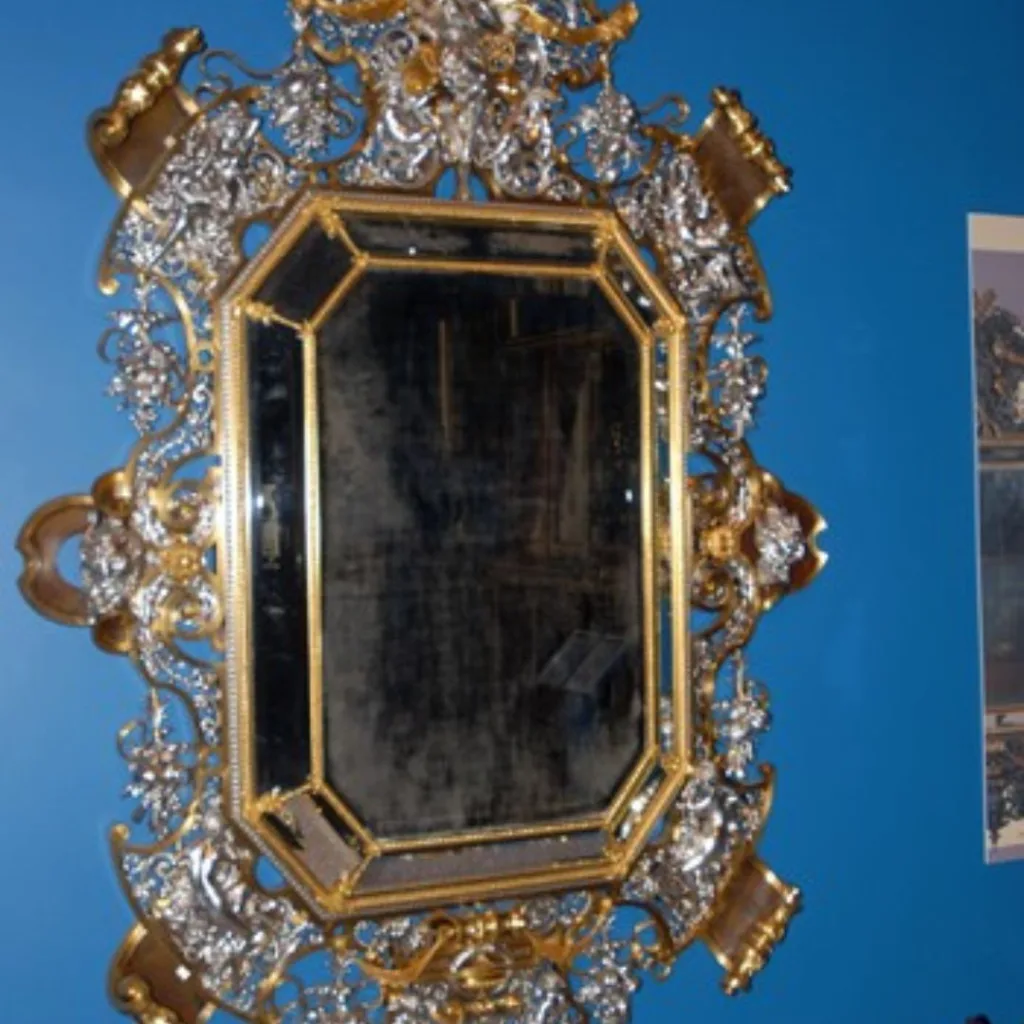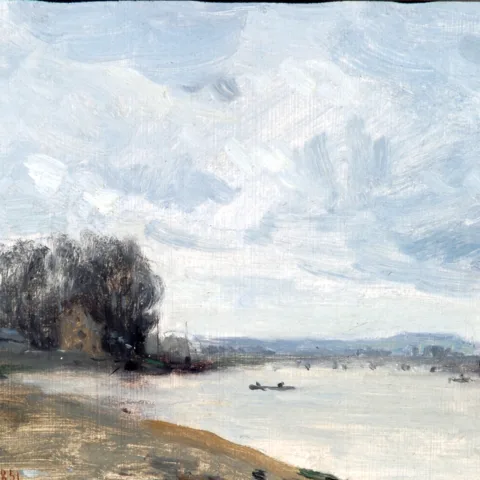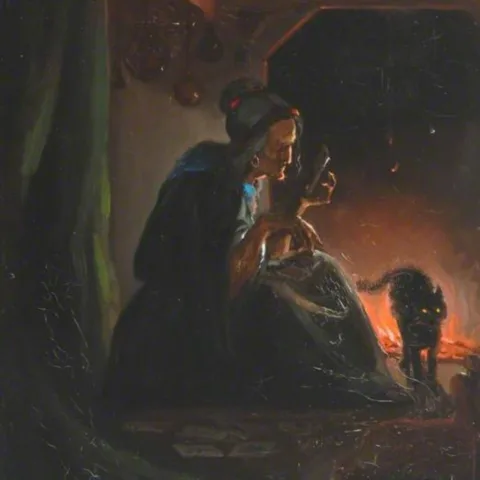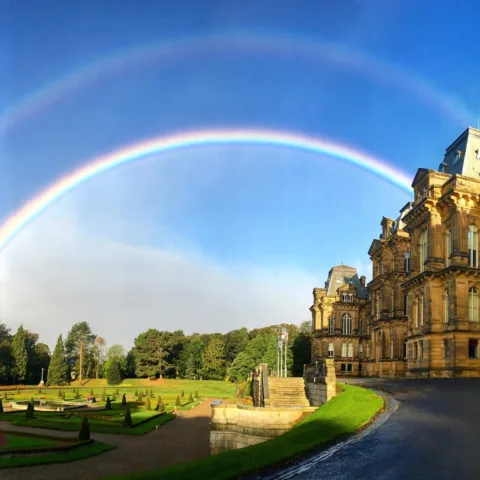The Bowes Museum Blog

The mirror that John and Joséphine Missed.

When walking through the galleries you may have noticed a spectacular mirror. It was modelled by the great sculptor Carrier Belleuse, master of the now more famous Auguste Rodin, and cast in the foundry of Auguste Barbedienne.
Regarded as one of greatest achievements of Carrier-Belleuse, the bevelled mirror glass is set in an elaborate gilt-bronze and silvered frame comprising scrolling cartouches and cast foliate decoration with satyrs’ heads at the sides, draped nymphs at the top and corners and a lion’s mask at the base. The mirror is inscribed ANNO 1867 and is signed Barbedienne.
First displayed at the Paris International Exhibition of 1867 it was purchased by William Ward, 1st Earl of Dudley, for display at Witley Court in Worcestershire or his London home, Dudley House on Park Lane.
William Ward was not the only prospective buyer at the Paris Exhibition of 1867. He may well have rubbed shoulders with John and Joséphine Bowes. Indeed it was there that they first saw the famous Silver Swan, which they would later acquire.
Following Dudley’s purchase, the mirror then disappeared until 1991 when it came up at auction in England. It was bought by an international museum, but was considered to be of such importance that the export licence was stopped to give a British museum time to raise the funds to buy it and save it for the nation. In 1992 it was acquired by The Bowes Museum with the aid of grants from the V&A, Durham County Council, the Art Fund, the Esmee Fairbairn Foundation and The Friends of The Bowes Museum.
In October 2006 after an extensive conservation programme, also made possible by The Friends, the mirror was displayed once more. Thankfully beneath the layers of accumulated grime the extremely well preserved, original gilt and silver finish was waiting to be revealed.
And so it remains in all its beauty, here at The Bowes Museum just as the Jllustrated Journal of the Universal Exhibition 1867 declared, bronze – but art has given it the value of gold.
Extracted from an article in Bowes Arts 2006 by Gillian Pryce-Taylor.
With thanks to Fiona Turnbull for archive material.








